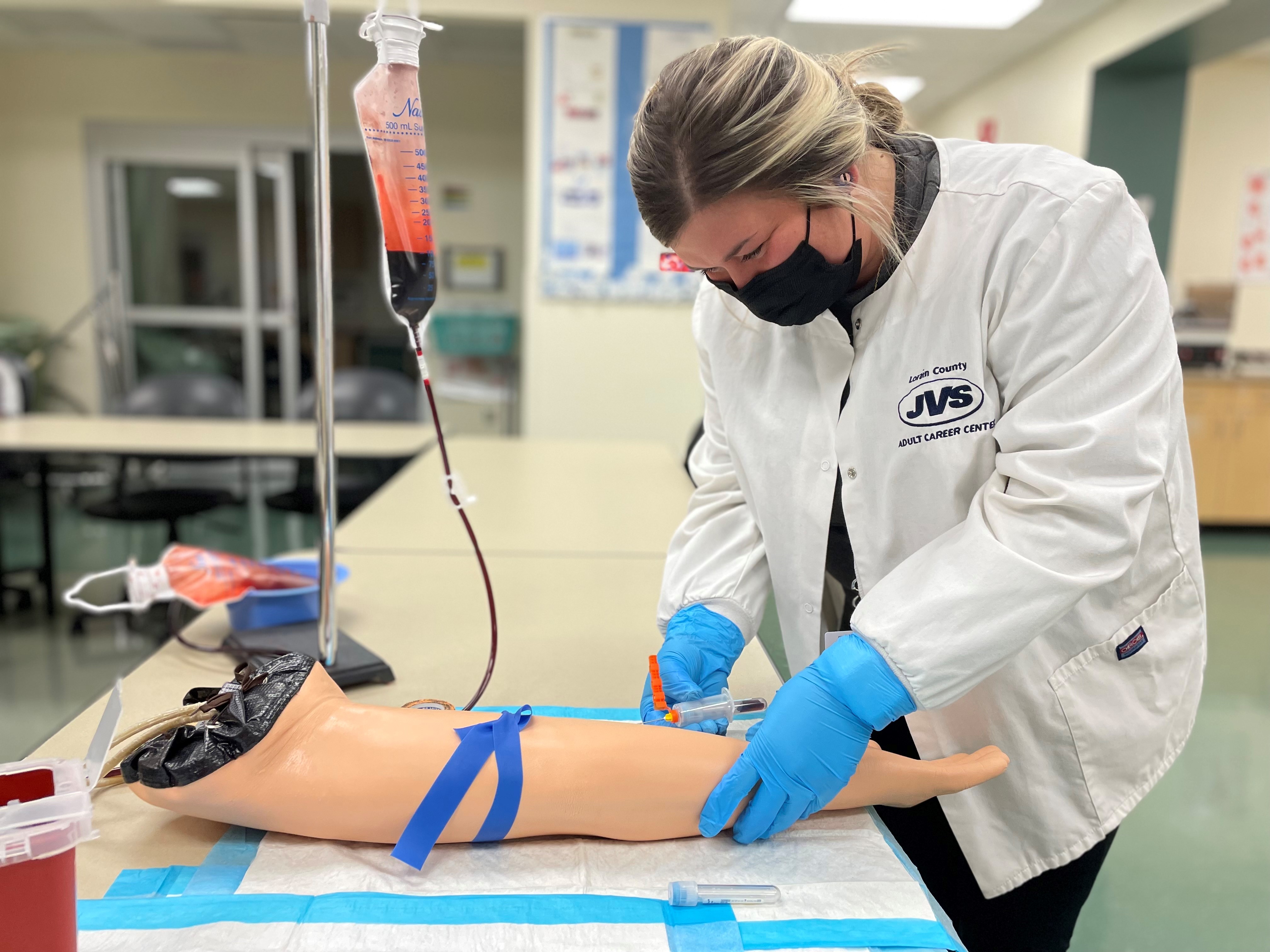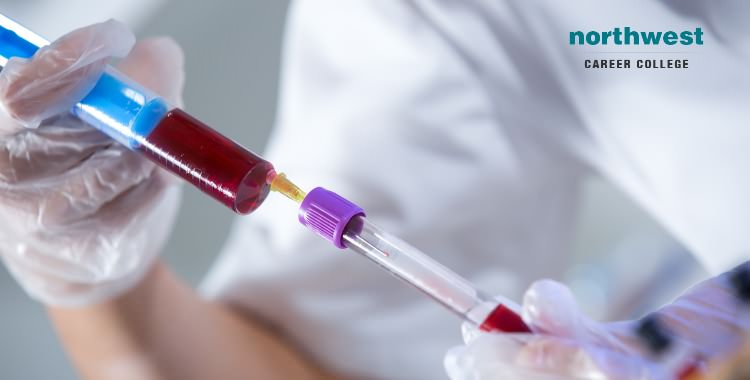9 Easy Facts About Northeast Medical Institute - New Haven Campus Phlebotomy Course & Cna Class Described
9 Easy Facts About Northeast Medical Institute - New Haven Campus Phlebotomy Course & Cna Class Described
Blog Article
Facts About Northeast Medical Institute - New Haven Campus Phlebotomy Course & Cna Class Revealed
Table of ContentsThe 30-Second Trick For Northeast Medical Institute - New Haven Campus Phlebotomy Course & Cna ClassThe 10-Second Trick For Northeast Medical Institute - New Haven Campus Phlebotomy Course & Cna ClassSome Of Northeast Medical Institute - New Haven Campus Phlebotomy Course & Cna ClassFascination About Northeast Medical Institute - New Haven Campus Phlebotomy Course & Cna ClassExcitement About Northeast Medical Institute - New Haven Campus Phlebotomy Course & Cna ClassSome Known Details About Northeast Medical Institute - New Haven Campus Phlebotomy Course & Cna Class
The use of such tools need to be come with by other infection prevention and control practices, and training in their usage.For settings with reduced sources, expense is a motoring aspect in purchase of safety-engineered gadgets. Where safety-engineered devices are not available, competent usage of a needle and syringe is appropriate.
labelling); transportation conditions; interpretation of outcomes for scientific administration. In an outpatient division or center, supply a dedicated phlebotomy cubicle containing: a tidy surface area with 2 chairs (one for the phlebotomist and the other for the client); a hand laundry container with soap, running water and paper towels; alcohol hand rub. In the blood-sampling area for an outpatient department or clinic, provide a comfy reclining couch with an arm rest.
The smart Trick of Northeast Medical Institute - New Haven Campus Phlebotomy Course & Cna Class That Nobody is Discussing
Guarantee that the signs for blood sampling are plainly specified, either in a composed procedure or in documented directions (e.g. in a research laboratory type). Gather all the tools required for the procedure and location it within risk-free and very easy reach on a tray or trolley, making certain that all the items are clearly noticeable.
Introduce on your own to the individual, and ask the individual to mention their complete name. Examine that the research laboratory kind matches the person's identity (i.e. match the client's details with the lab form, to ensure precise identification).
Make the person comfy in a supine setting (if feasible). Area a clean paper or towel under the client's arm. Talk about the test to be performed (see Annex F) and get spoken consent. The individual has a right to decline a test any time before the blood tasting, so it is very important to ensure that the client has actually comprehended the treatment.
The 3-Minute Rule for Northeast Medical Institute - New Haven Campus Phlebotomy Course & Cna Class
Expand the client's arm and check the antecubital fossa or lower arm. Situate a capillary of a good size that is noticeable, straight and clear. The diagram in Section 2.3, shows typical placements of the vessels, but numerous variants are feasible. The average cubital capillary lies between muscle mass and is typically one of the most very easy to puncture.
DO NOT put the needle where veins are diverting, since this boosts the possibility of a haematoma. The capillary ought to show up without applying the tourniquet. Finding the capillary will certainly aid in determining the appropriate size of needle. Apply the tourniquet about 45 finger sizes over the venepuncture website and re-examine the blood vessel.
Haemolysis, contamination and presence of intravenous liquid and medicine can all change the results (39. Nursing staff and doctors may access main venous lines for samplings complying with methods. Nonetheless, samplings from central lines carry a risk of contamination or erroneous research laboratory examination results (https://www.provenexpert.com/marvin-gordon/?mode=preview). It serves, however not suitable, to injure specimens when first presenting an in-dwelling venous tool, prior to linking the cannula to the intravenous fluids.
The 6-Minute Rule for Northeast Medical Institute - New Haven Campus Phlebotomy Course & Cna Class
Failure to allow sufficient get in touch with time enhances the risk of contamination. DO NOT touch the cleaned website; in certain, DO NOT place a finger over the vein to lead the shaft of the exposed needle.
Ask the person to form a fist so the veins are a lot more famous. Go into the blood vessel quickly at a 30 level angle or less, and remain to present the needle along the blood vessel at the easiest angle of entry - CNA Courses. Once enough blood has actually been collected, release the tourniquet BEFORE taking out the needle
Northeast Medical Institute - New Haven Campus Phlebotomy Course & Cna Class for Beginners
Withdraw the needle gently and apply mild pressure to the website with a tidy gauze or dry cotton-wool sphere. Ask the person to hold the gauze or cotton wool in position, with the arm prolonged and increased. Ask the patient NOT to flex the arm, since doing so creates a haematoma.

Top Guidelines Of Northeast Medical Institute - New Haven Campus Phlebotomy Course & Cna Class
Do not push the syringe plunger due to the fact that additional pressure boosts the threat of haemolysis. Where possible, maintain the tubes in a shelf and relocate the shelf in the direction of you. Inject downwards into the proper coloured stopper. DO NOT eliminate the stopper due to the fact that it will release the vacuum. If the sample tube does not have a rubber stopper, infuse extremely slowly right into the tube as reducing the stress and rate made use of to move the sampling minimizes the threat of haemolysis.

Report this page